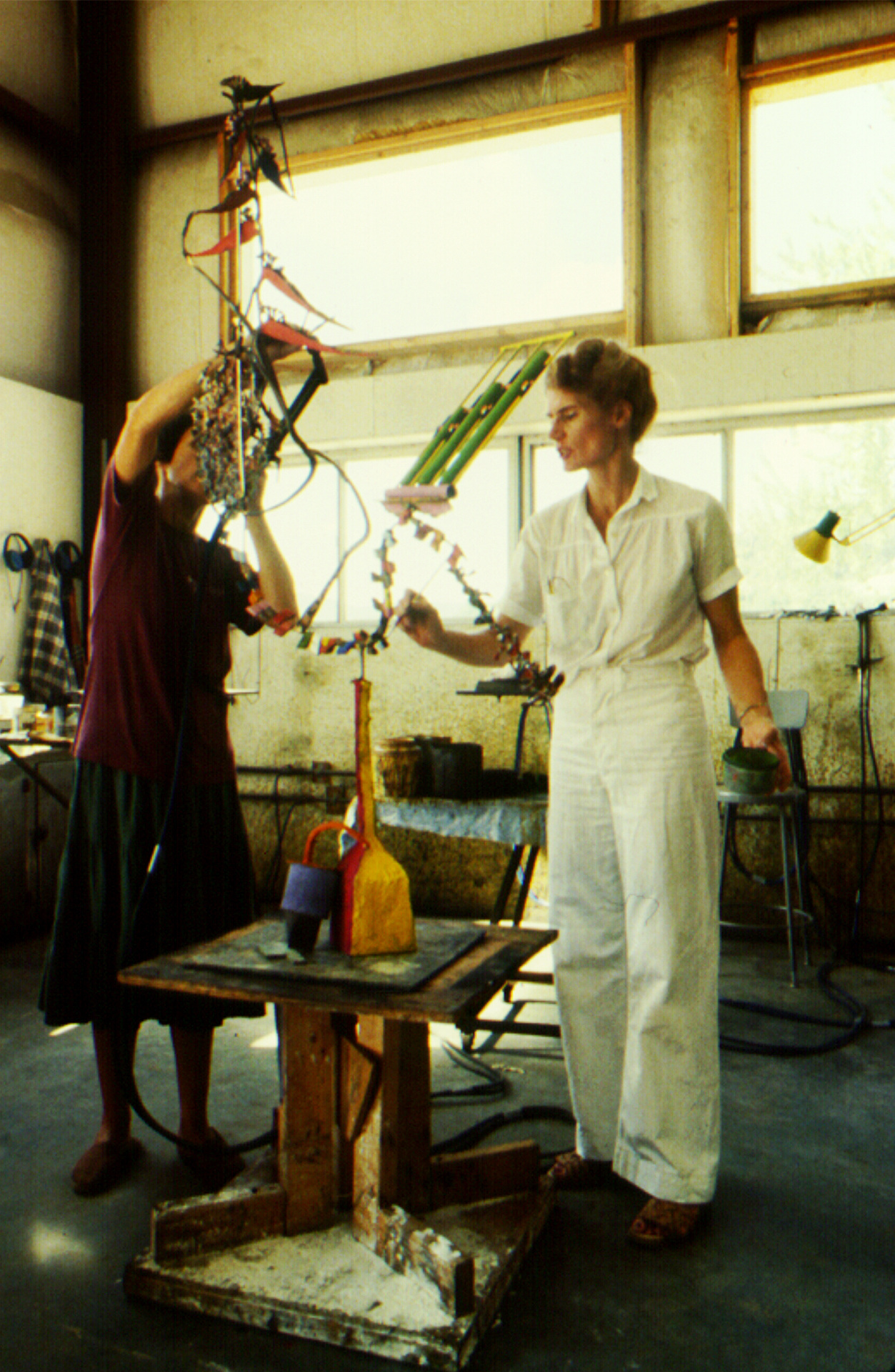
We tend to think of artists as masters of the right side of the brain, where creativity and intuition live. But the work of the late American artist Nancy Graves proves that great art can be powered equally by the right and left hemispheres. Graves drew on both scientific innovations and a deep knowledge of art history to create dynamic bodies of work that will be on view in a solo exhibition at Perrotin New York through May 31.
Nearly six decades ago, Graves became, at 29 years old, the youngest artist to receive a solo exhibition at the Whitney Museum of American Art. She created life-size sculptures of camels that at first glance looked like they were taxidermied—but upon closer examination, revealed themselves to be handmade constructions made from fiberglass, latex, and marble dust.
Now, almost 30 years after her death, works once housed in Graves's Soho studio loft are going on public view at Perrotin, which recently announced representation of the artist's foundation. The exhibition, titled "The Illusion of Motion," presents two decades of rarely seen work in a space not far from the artist’s former studio. Her paintings and sculptures, accompanied by archival materials, hover between science and speculation. Graves's work "foreshadowed the research-based and technology-driven art practices we see today," notes Peggy Leboeuf, a partner at Perrotin New York.
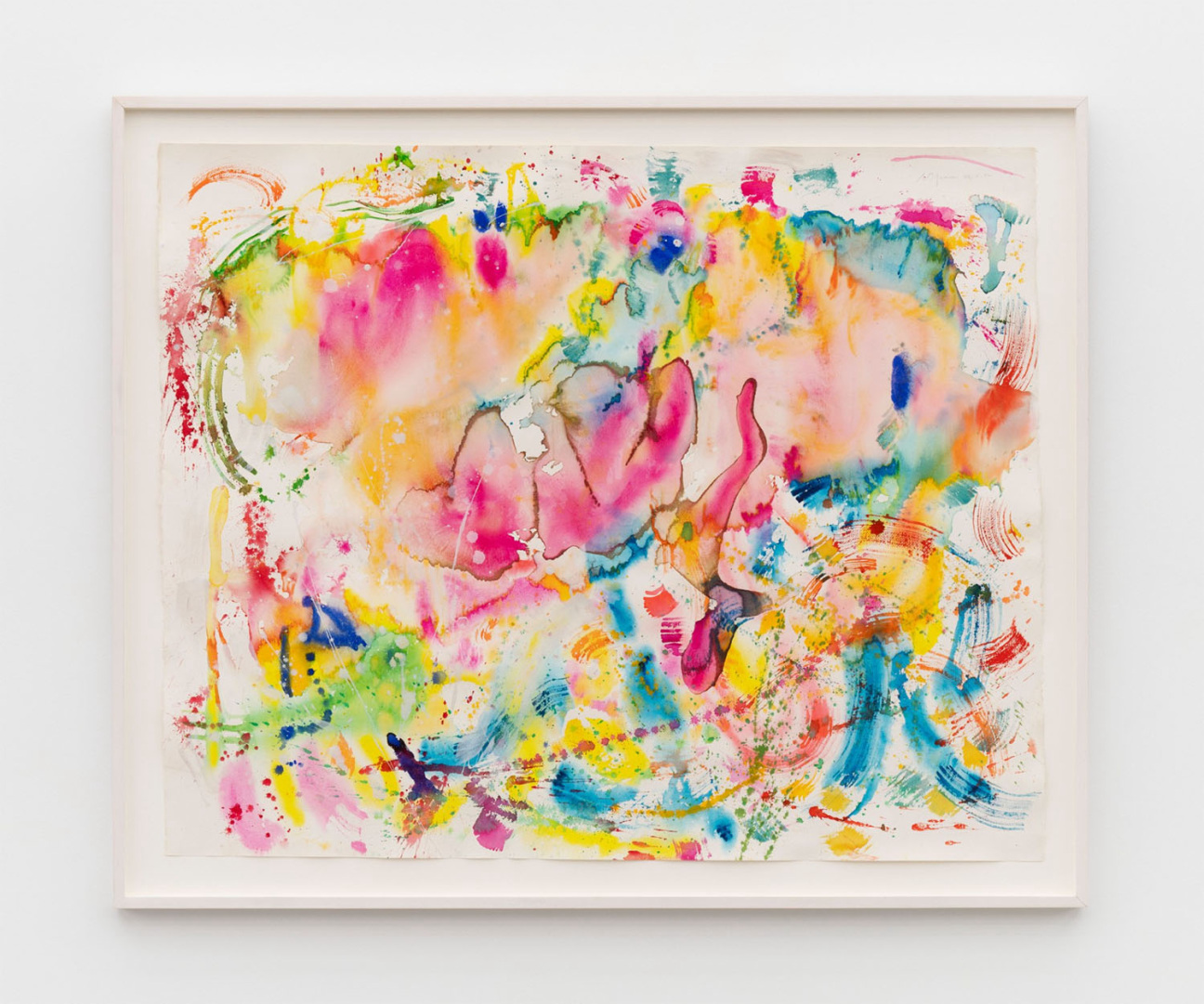
Graves sourced inspiration from across time: deep-sea submersibles and mythological busts, NASA photography and Lascaux cave drawings. What emerged were objects in flux—polychromed iron forms, pointillist compositions, wet-on-wet watercolors painted in a single eight-hour stretch. Graves wasn’t interested in answers. Instead, she translated motion and mapped time. From acrylic and oil, to iron and aluminum, she married painting and sculpture to create works that resist easy categorization.
Graves’s abstract paintings, created with both pointillist marks and fluid brushstrokes, reflect her multidisciplinary approach to art-making, while her sculptural paintings highlight the interplay of materiality and form. She was deeply influenced by both scientific data and anthropological research.
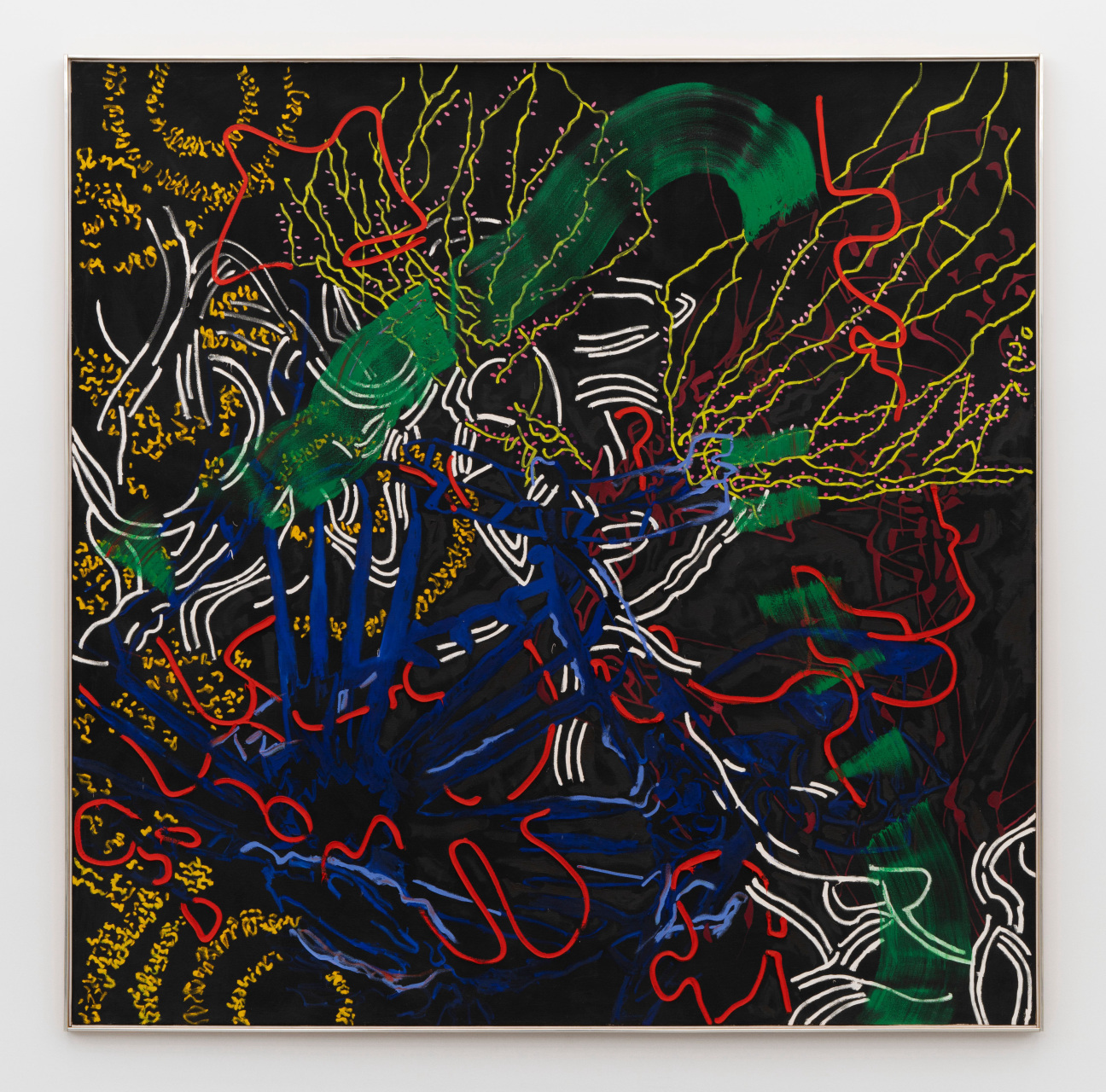
Walking through "The Illusion of Motion" is like stepping inside the restless imagination of someone who understood that art could be its own kind of science. The essence of Graves's visual grammar anticipates the data-driven practices of today, yet remains uncannily singular. Her works don't merely document time—they speculate, splice, reconfigure a new way of sensing the world around us.

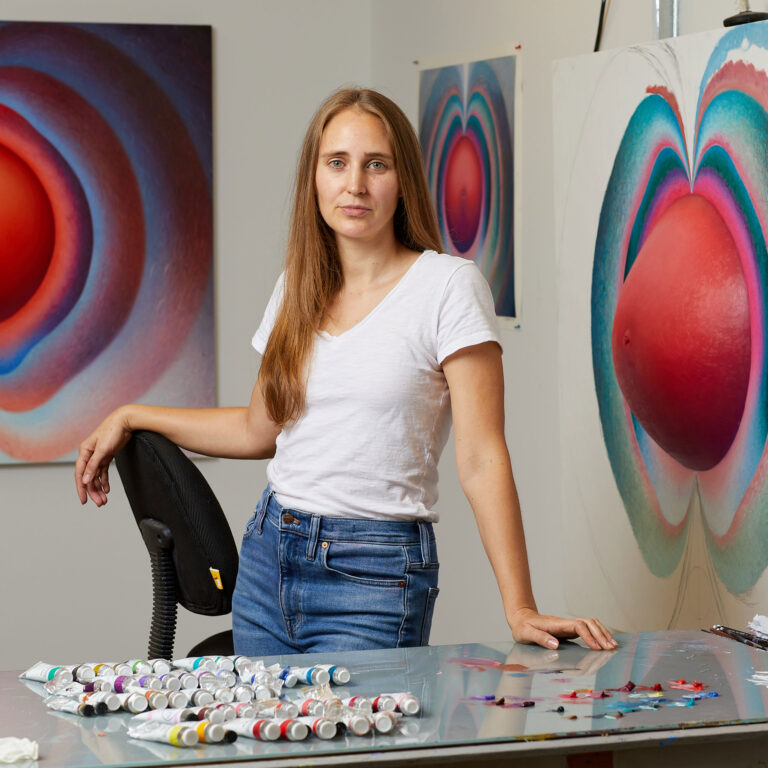


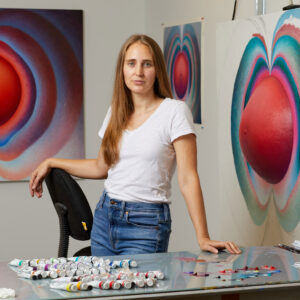



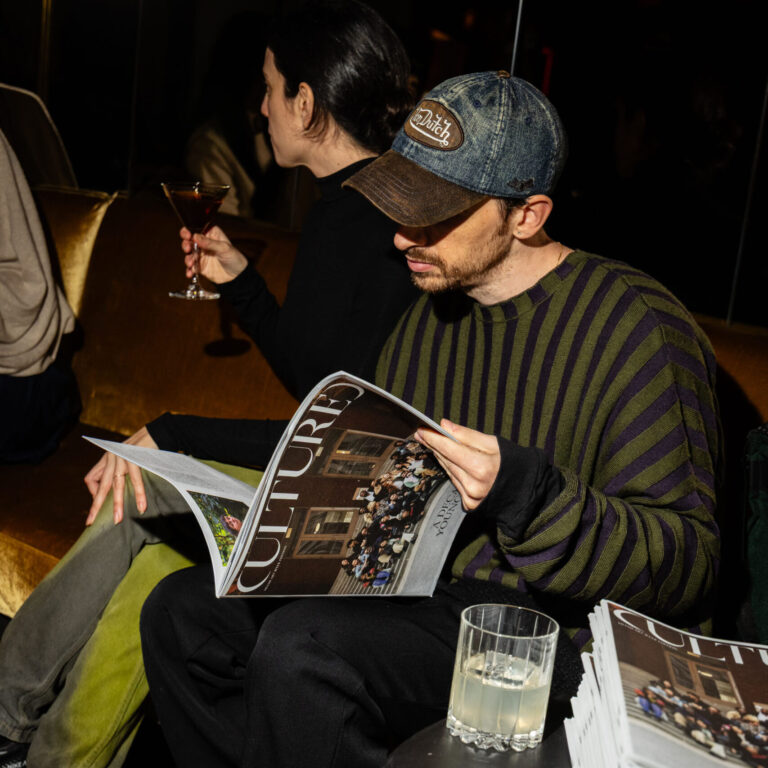

 in your life?
in your life?

